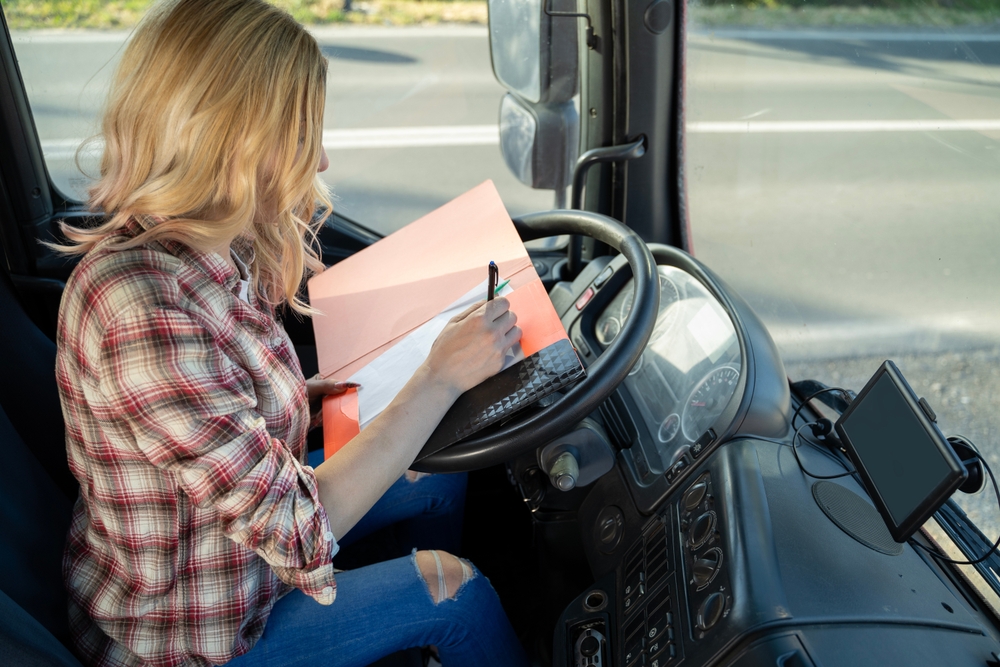Individuals rely on auto insurance to help cover their expenses after a crash occurs. However, there are times when individuals are making payments on a new vehicle or leasing a vehicle, and they need additional insurance assistance to cover all of the expenses due to depreciation. Here, our accident attorneys in Martinsburg want to discuss GAP insurance and how this can help individuals involved in vehicle accidents when they have a new car or a leasing a newer vehicle.
Why GAP Insurance is Necessary
Not every individual is required to carry GAP insurance when they own a vehicle under West Virginia law. In fact, state law does not require GAP insurance at all. However, this type of insurance is crucial for individuals who have bought a new car or a leasing a new vehicle in this state.
When a person purchases or leases a new car and they finance the vehicle, then the lender is almost always going to require the individual driver to carry insurance above and beyond what West Virginia law specifies. Not only does this include the traditional bodily injury and property damage liability coverage, but also comprehensive coverage, collision coverage, and GAP insurance. Comprehensive and collision coverage will be required until the vehicle is paid off, but GAP insurance may only be required for a certain amount of time.
In the event an individual is involved in a vehicle collision, and they are driving a new vehicle, comprehensive and collision coverage is designed to help pay for expenses. Collision coverage will cover damages in the event the driver of the vehicle caused the accident or if the at-fault driver’s insurance minimums are not sufficient to cover the expenses. Comprehensive coverage helps pay for expenses if the vehicle gets stolen and is crashed.
The problem is that these insurance coverages will only pay up to the depreciated value of the vehicle. This may not be a problem, but it could be if you leased or purchased a new vehicle that has already significantly depreciated after driving it off the lot.
When this occurs, it is common for the depreciated value of the vehicle to be much less than what the driver still owes for the vehicle. This could leave the driver in a situation where their insurance coverage will not pay off the total value of the vehicle, and they still owe significantly more, which is why GAP insurance is important.
How GAP Insurance Works After a Car Accident
When a person owes more for their vehicle than the vehicle is worth, this means they are “underwater” in their loan. GAP insurance is the coverage that individuals need to help cover these expenses.
We should examine a theoretical vehicle accident example to explain how GAP insurance works best. For example, suppose an individual pays $60,000 for a new Chevy Tahoe. However, let us suppose that a person gets into a vehicle accident when they still owe $55,000 on the vehicle.
When the collision occurs, the individual’s collision coverage should pay the Linder the total amount owed for the vehicle, up to the limits of the policy. However, they will only pay up to the depreciated value of the Chevy Tahoe. Let us suppose that the depreciated value of the vehicle is only $45,000. If the individual does not have GAP insurance, this means they would be responsible for paying the additional $10,000 out of their own money because they still owe $55,000.
GAP insurance is designed to pay the difference between the two amounts. In this scenario, GAP insurance would cover the $10,000 between what the person knows and what the vehicle is worth.





